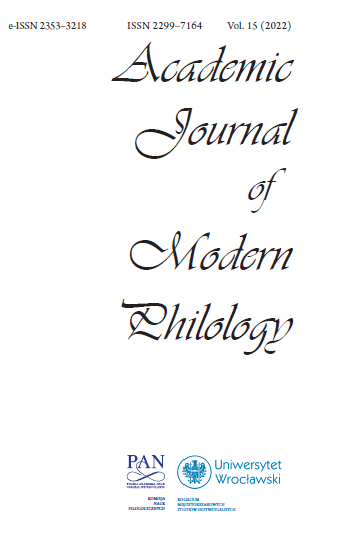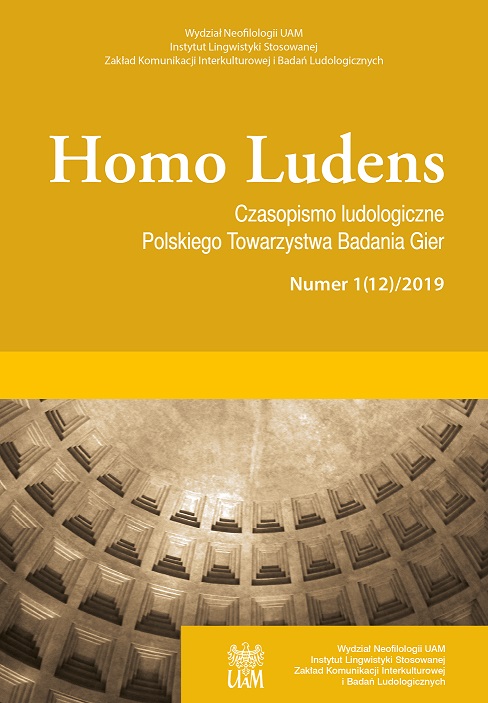
The Influence of Bilingualism on the Production of Stop Consonants in L1 (Arabic) and L2 (English): Acoustic Analysis of Stop’s Closure Duration
The Influence of Bilingualism on the Production of Stop Consonants in L1 (Arabic) and L2 (English): Acoustic Analysis of Stop’s Closure Duration
Keywords: acoustic analysis; language interaction; stop sounds; Arabic-English bilinguals; pronunciation difficulties; closure duration;
This paper investigates the impact of bilingualism on the difficulties of pronunciation for both L1 (Arabic) and L2 (English). It assesses the production of stop sounds in Arabic and English through an acoustic analysis of stops' closure duration (henceforth CD), as pronounced by Arabic-English bilinguals whose L1 is Palestinian Arabic. Additionally, the paper aims to highlight the difficulties of pronunciation in both languages. Three groups of same aged adult subjects participated in the production tests; 1) Arabic-English bilinguals whose L1 is Palestinian Arabic, 2) Arabic-monolinguals, and 3) English-monolinguals. The stops in word-medial and final positions were included in closed syllables (CVC) in meaningful words inserted in carrier sentences. The results revealed that the CD of the interaction of stops was represented in four categories; 1) unidirectional effect of L1 on L2 that caused a foreign accent, 2) bidirectional influence resulting in L1-L2 interference, 3) unidirectional impact of L2 on L1, and 4) nativelikeness in both languages without language interference. In addition, the findings showed that bilinguals faced pronunciation challenges in both similar and dissimilar sounds. This paper is expected to initiate more comprehensive studies in the field of interaction between Arabic and English in the Arabic context.
More...

